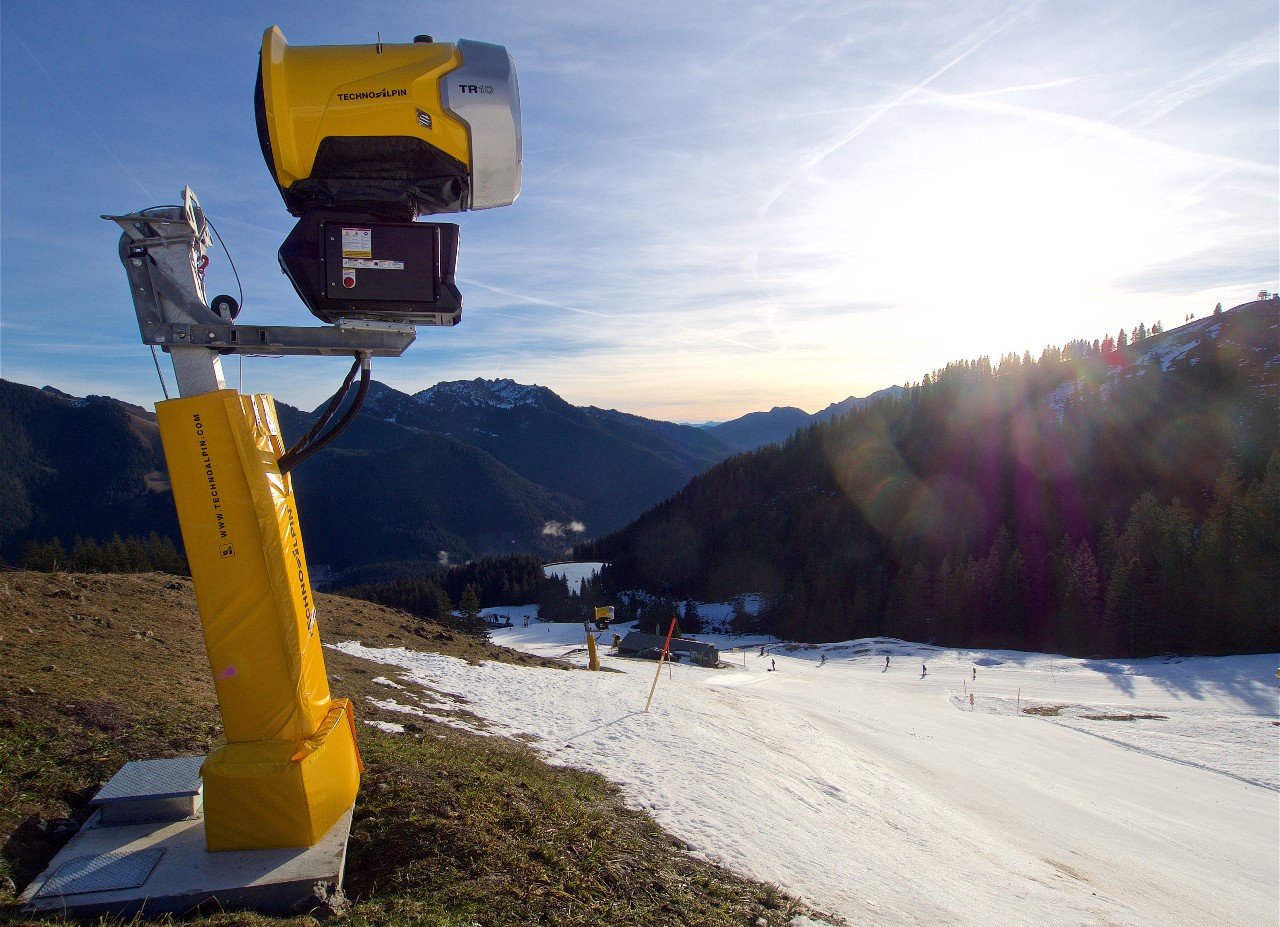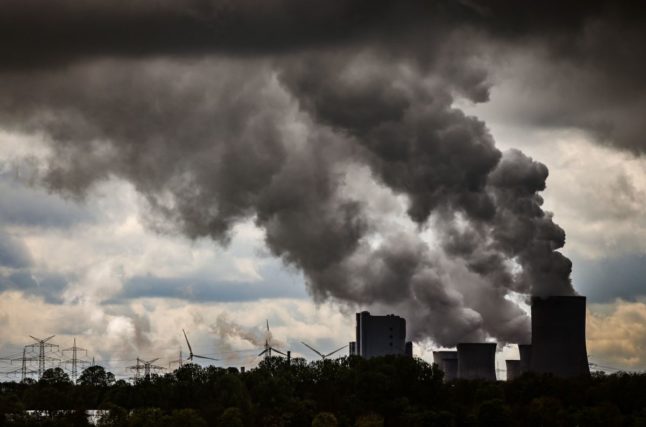Winter sports fans have seen a disappointing season in much of Europe due to mild weather conditions.
According to meteorologists, this winter was the warmest since records began in the 19th century, both in Bavaria and in other Alpine regions.
Every month, from June 2023 to February 2024, has broken global air temperature records. According to Copernicus Climate Change Service, February was 1.77C warmer than the average February temperature from 1850-1900, the designated pre-industrial reference period.
READ ALSO: Current winter in Germany 2.7C ‘too warm’
And it’s having real consequences – the Jenner ski resort near Schönau am Königssee has become the first Bavarian Alpine ski area to close down.
“Alpine skiing no longer has a future on the Jenner,” said the Berchtesgaden Bergbahn railway operator.
The cable car, which was newly built a few years ago, was supposed to take skiers up to the mountain station at 1,800 metres for the last time on March 4th. But even that didn’t work out because it was too warm. February 18th was the last day on the slopes.
It comes after ski lifts in Bavaria were closed in the middle of the Christmas holidays last year due to a lack of snow.
READ ALSO: The ski destinations you can reach by train in Germany
How is the climate crisis hitting the Alps?
It’s clear that climate change is having an impact on ski resorts in Germany and beyond.
The Association of German Cable Cars and T-bar Lifts (VDS) said the season started out last year positively with lots of snow, but is ending early in some cases in light of the often double-digit plus temperatures. Many German resorts will not achieve their goal of skiing until Easter.
Yet the VDS is keen to stress that people can still make the most of the Alps.
Guests can now “enjoy our unique mountain world even without snow”, said VDS board member Antonia Asenstorfer.
“We will continue to focus on Alpine skiing for decades to come, with additional offers for the whole family.”
The changes are also hitting hard hard financially. Bavaria’s Ministry of Tourism says winter tourism is of “outstanding economic importance for the destinations”. As well as skiing, it includes sledging, cross-country skiing, snowshoeing and ski touring. However, all of this also requires snow.
The President of the German Alpine Association (DAV), Roland Stierle, expects – like other experts – that snow won’t be guaranteed at lower altitudes in the long term.
“It looks bad below 1,500 metres,” Stierle said.

A divided winter season
On the Zugspitze, Germany’s highest mountain standing at 2,962 metres, things are looking okay for the time being.
There is still almost three metres of snow there and the lifts are scheduled to run until the beginning of May.
The winter season is increasingly divided into two parts: green meadows at lower altitudes and plenty of snow around 2,000 metres above sea level.
In neighbouring Switzerland, there is even more snow than usual this year in some areas, as reported by the WSL Institute for Snow and Avalanche Research SLF in Davos.
“Above 2,000 metres, snow depths are 100 to 140 percent of the long-term average”, said SLF avalanche expert Lukas Dürr. However, there was little snow at the top in the two previous winters, signalling that the future is unpredictable.
READ ALSO: ’90 percent’ of Europe’s ski resorts face critical snow shortage
Scientists expect ski tourism to shift upwards in future – and warn of the consequences for sensitive high mountain nature. According to a study at the University of Bayreuth, 13 percent of ski resorts worldwide will lose their natural snow cover by the end of the century, assuming a scenario of high greenhouse gas emissions.
Even artificial snowmaking is becoming increasingly difficult, as it has to be around zero degrees. But without artificial snow, many ski slopes already lack adequate snow cover.
What does the future hold for ski resorts?
It seems that interest in Alpine skiing is already waning in some places. Demand is declining, said Jennerbahn board member Thomas Mühlthaler. By January 24th, just under 700 ski day passes had been sold – too few for a profitable operation.
Tourism researcher Robert Steiger from the University of Innsbruck also sees a change. “There is already a certain trend away from seven-day, full-throttle skiing.”
Despite this, Austria, which has an advantage with its higher mountains, has invested heavily to make skiing possible, with around 35,000 snow cannons producing artificial flakes.
Climate models show that the snow line will rise by another 200 metres by 2050, said Steiger.
Environmental organisations say the future of skiing has to be rethought – instead of simply trying to produce more fake snow.
In the Austrian resort of Kitzbühel, for example, a climate change strategy is being prepared, with a focus on winter hiking and other sports that don’t require lots of snow.
“This winter is a foretaste of what will be the new reality in the future,” warned Richard Mergner, Chairman of the Nature Conservation Association in Bavaria.




 Please whitelist us to continue reading.
Please whitelist us to continue reading.
Member comments